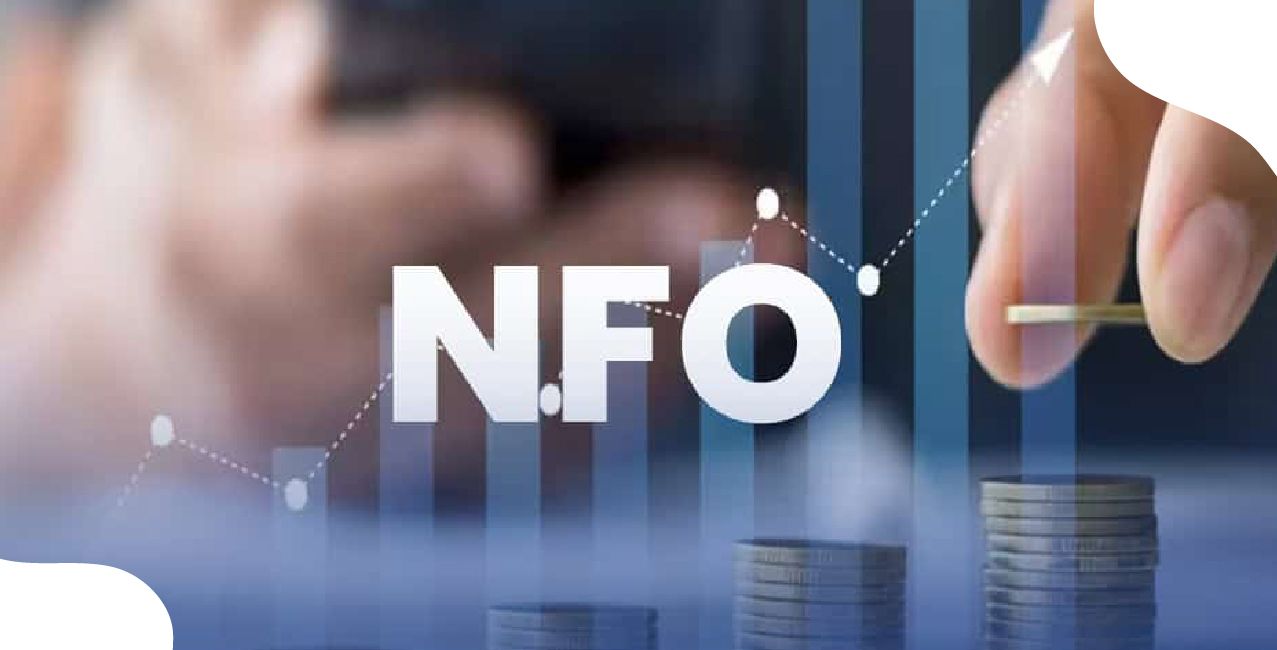Key Insights
- Choose the account that suits your needs and avoid any unnecessary fees or penalties.
- You can check your balance on the Central Bank's website.
- You can find information on zero balance options in this blog.
The Central Bank provides a minimum balance savings account facility for its customers. You just maintain the minimum balance as per our Central Bank account.
Let's take an example of how a minimum balance account helps Ramesh:
Ramesh must maintain a specific balance and take advantage of his metro area account.
The table below shows the key features and requirements of his account:
Account holders can access their funds through debit cards or cheques, and minimise the risk charges.
This blog helps you understand the Central Bank of India's Minimum Balance, and next, we talk about what a Minimum Balance Account is.
What is a Central Bank of India Minimum Balance Account?
The term "Central Bank of India Minimum Balance Account" does not refer to one specific account. It means you need to keep a minimum average balance in different types of savings accounts, like the Home Saving Safe (HSS) Account or the Cent Samvridhi Account.
The minimum balance depends on the type of account and the branch is in a metro, urban, semi-urban, or rural area. Now that you are aware of the minimum balance account, we will next discuss the Central Bank of India's Minimum Balance Requirement by Account Type.
Read More - Central Bank of India Balance Check Number
Type of Central Bank of India Minimum Balance Account
The Central Bank of India offers four types of Minimum Balance Accounts. These accounts come with basic baking to premium benefits.
The following table shows these key account types and the target audience:
The table indicates that different accounts target different audiences, including seniors and individuals with disabilities.
Next, we discuss the non-maintenance charges of the central bank's Minimum Balance Accounts.
Non-Maintenance Charges of the Central Bank Minimum Balance Accounts
If you do not keep the required Average Minimum Balance in your Central Bank of India savings account, you will be charged a non-maintenance fee. The amount of this fee depends on your account type and branch location.
The table below details the charges for the specified account types:
The key takeaway is that minimum balance accounts, such as Home Safe and Cent Param, attract graded penalties and specialised zero-balance accounts, like Cent Bachat and Cent Samarth, protect customers from these fees and support inclusive banking objectives.
How to Check Your Monthly Average Balance in the Central Bank of India
You can check your monthly average balance with these steps, you just follow:
Step 1: Go to the Central Bank of India’s official website. Look for the Internet Banking option on the right side of the page and click it.
Step 2: After clicking, you will be directed to the Central Bank of India’s net banking portal. Here, you will see two options.
- “Personal Banking” and “Corporate Banking.” Choose accordingly.
Step 3: If you select “Personal Banking,” follow these steps:
- Select either ‘Cent eeZ’ or ‘Current INB.’
- Click on “Proceed.”
- Enter your User ID and click on the ‘Continue’ option.
- Enter your Login Password and any required verification, such as CAPTCHA or OTP.
- Once logged in, navigate to the Account Summary or Account Details section to check your account balance.
Step 4: If you choose “Corporate Banking,” follow these steps:
- Click on the Login button under Corporate Banking.
- Enter your Corporate ID, User ID, and Password.
- Complete any additional security verification, such as OTP, if prompted.
- After logging in, go to the Account Information or Account Summary section to view your account balance.
Step 5: After logging in, navigate to the Account Summary, Account Overview, or Balance Enquiry section.
Bonus Tip: Log in to the Cent mobile app, navigate to 'Account Statement,' and your running average balance will typically be displayed.
How to Avoid Minimum Balance Penalties?
Here are some practical ways to avoid non-maintenance charges on your bank account.
- Keeping the required average balance in your account helps you avoid penalty charges.
- If you qualify, consider switching to a zero-balance account, such as Cent Samarth or Cent Bachat.
- Setting up account alerts can help you stay updated on your balance.
Staying informed about your account’s requirements and using banking tools can make managing your account easier.
Bonus Tip: QAB is calculated by adding the closing balance for each day in a quarter and dividing that total by the number of days in that quarter.
Learn More - How to Activate Net Banking in Central Bank of India
Central Bank of India Minimum Balance by Branch Type (Metro, Urban, Semi-Urban, Rural)
The type of account and branch location determine the minimum balance required for your Central Bank of India account.
The Home Saving Safe Account requires a quarterly average balance of ₹2,000 in urban or metro branches, ₹1,000 in semi-urban branches, and ₹500 in rural branches.
Savings Accounts (Home Saving Safe Account):
Depending on the branch, the Central Bank of India has different minimum balance requirements.
- Metro & Urban Branches: ₹2,000 quarterly average balance.
- Semi-Urban Branches: ₹1,000 quarterly average balance.
- Rural Branches: ₹500 quarterly average balance.
To prevent non-maintenance fees, stick to this quarterly average.
Conclusion
Managing your Central Bank of India minimum balance involves choosing the right account for your lifestyle.
The bank provides options such as zero-balance accounts for many customers; you can select accordingly and utilise simple tools like balance alerts.
This approach allows you to enjoy your account benefits smoothly and without unexpected charges, ensuring your banking experience is secure and hassle-free.
FAQS
How exactly is the Quarterly Average Balance (QAB) calculated?
The QAB is the sum of your account's end-of-day balances for every day in a quarter (3 months), divided by the total number of days in that quarter. It is an average, not a fixed amount, that you must maintain daily.
Is the minimum balance requirement for a joint account higher?
No, the minimum balance requirement for a joint savings account is typically the same as for a single individual account in the same branch location category (e.g., Metro, Rural).
Does a Fixed Deposit (FD) count towards the minimum balance requirement?
No, the minimum balance is calculated based on the available balance in your savings account only; FD balances are separate.
Do NRI accounts have a minimum balance requirement?
Yes, NRI accounts, such as NRE/NRO savings accounts, depend on the customer's location.





